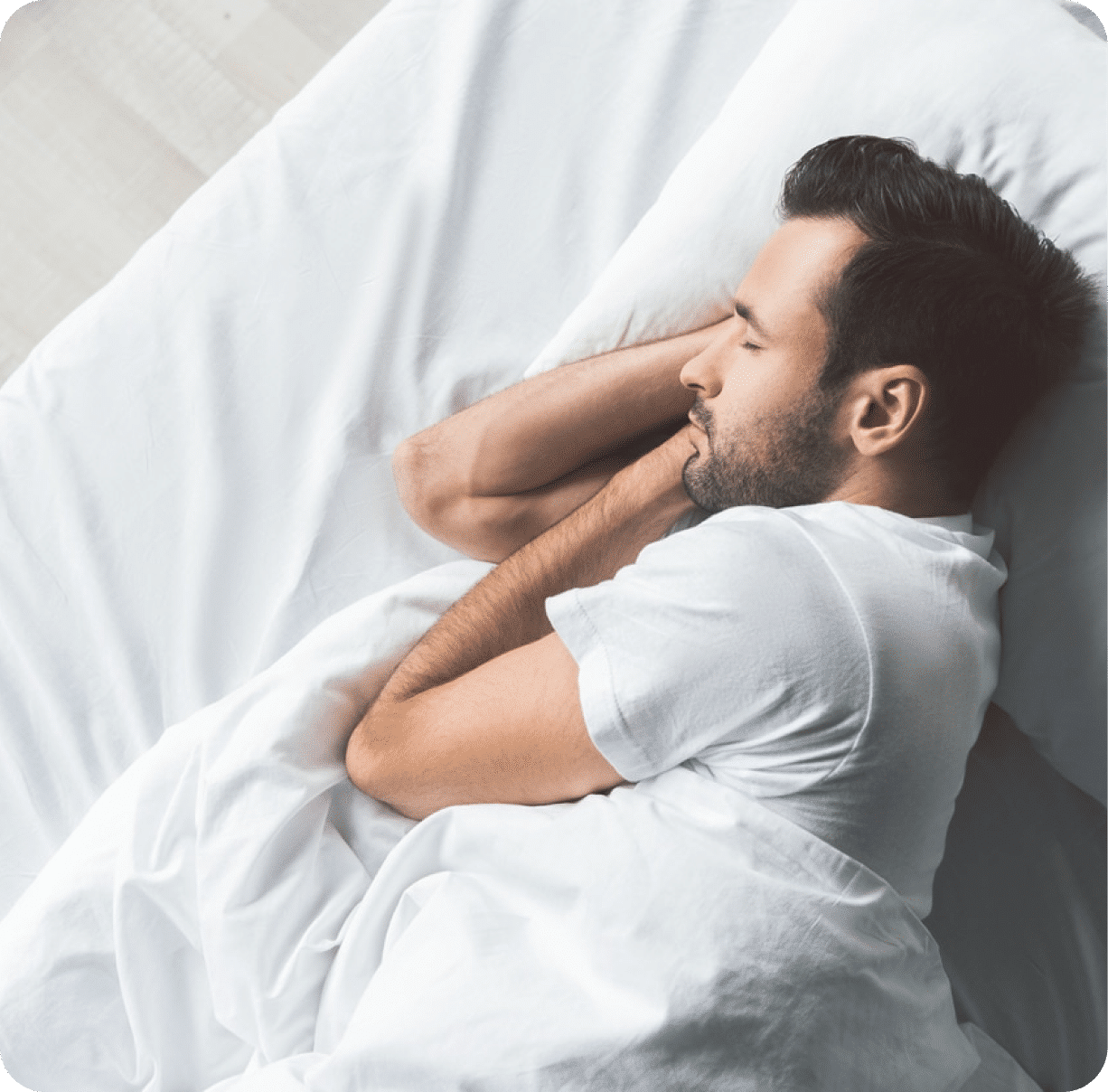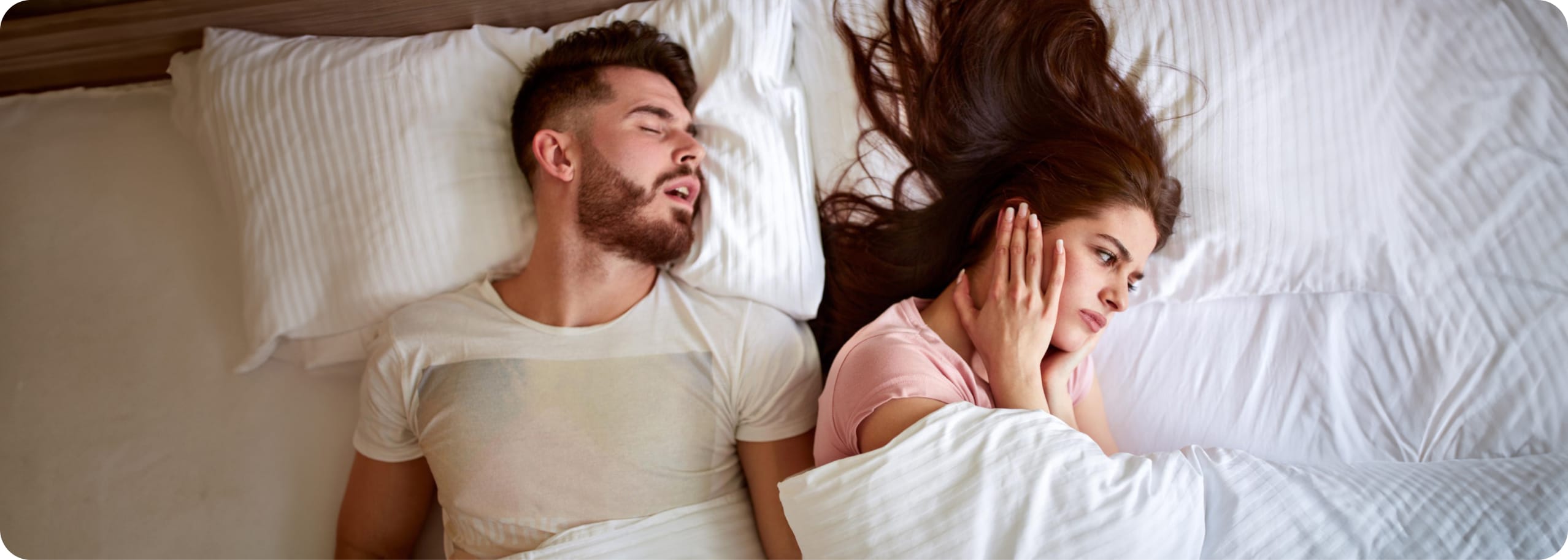OSA stands for Obstructive Sleep Apnea Syndrome.
And to better understand the definition, apnea literally means “absence of breathing” or “stopping breathing”. An apnea is a complete blockage of airflow for at least 10 seconds or more.
When breathing stops involuntarily, the respiratory control centre sends an activation signal to the brain to continue breathing. A person may wake up and then go back to sleep and so on throughout the night, even if they are not aware of it.
As you can imagine, not receiving oxygen and being constantly stimulated to breathe again, hour after hour, night after night, puts the body under a high degree of stress.

What is positional sleep apnea?
Positional sleep apnea is the absence of breathing for a few seconds during sleep caused by the POSTURE the person uses to fall asleep. The time during which the person stops breathing is very important because it can cause illnesses, alterations, and complications in people’s health.
It is for these serious reasons that specific products have been developed to treat it, achieving excellent results depending on which one is used.

Some of the signs that may lead us to suspect that we may have OSA are:
Loud snoring occurs.
Breathing stops when asleep (detected by another person).
Breathing in the form of gasping.
Dry mouth.
Possible headaches or headaches on waking.
Possible insomnia.
Possible excessive daytime sleepiness.
Lung cancer.
Lack of concentration.
Note: It is the qualified sleep disorder practitioner who determines whether a patient has positional sleep apnea.



